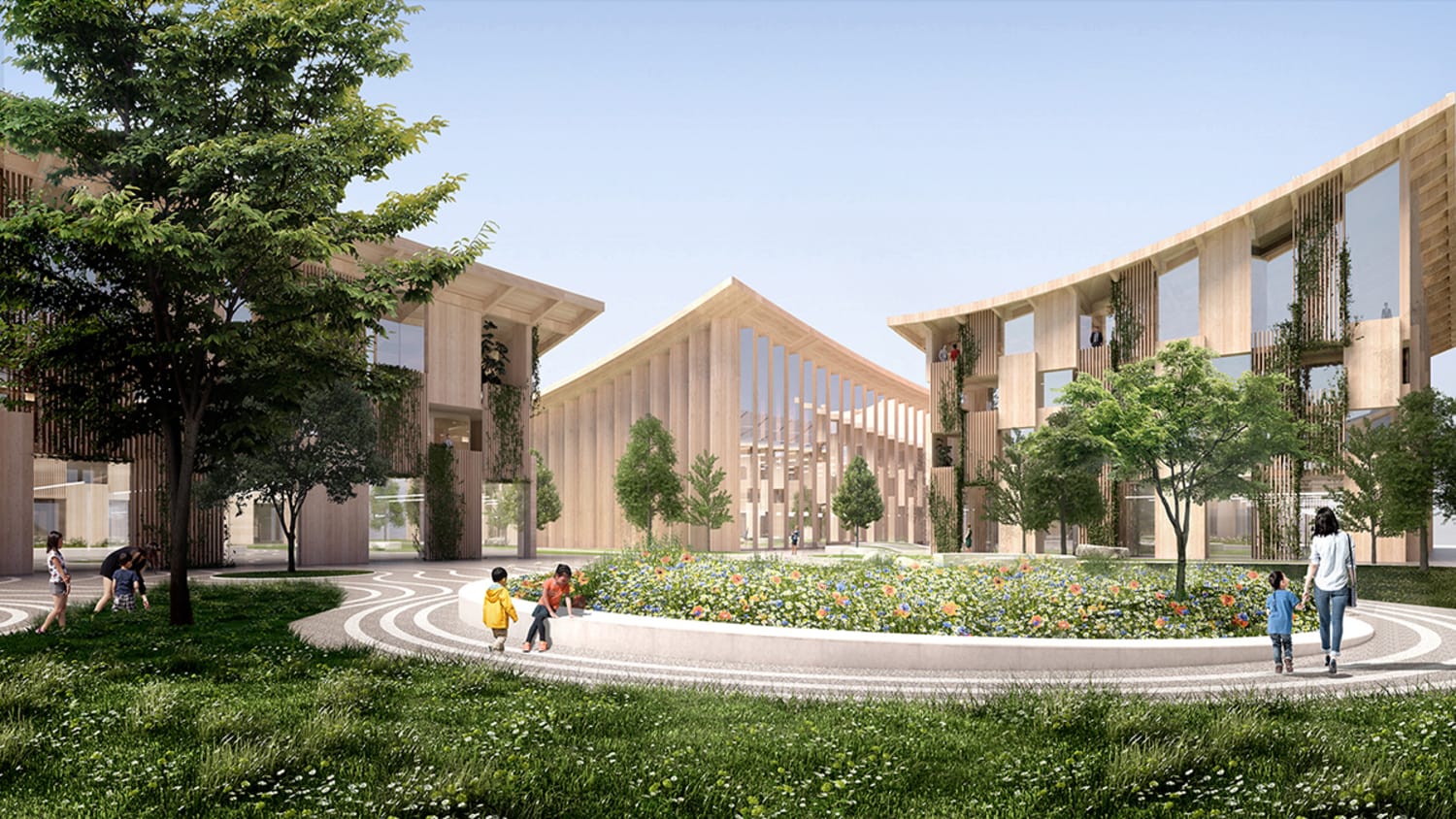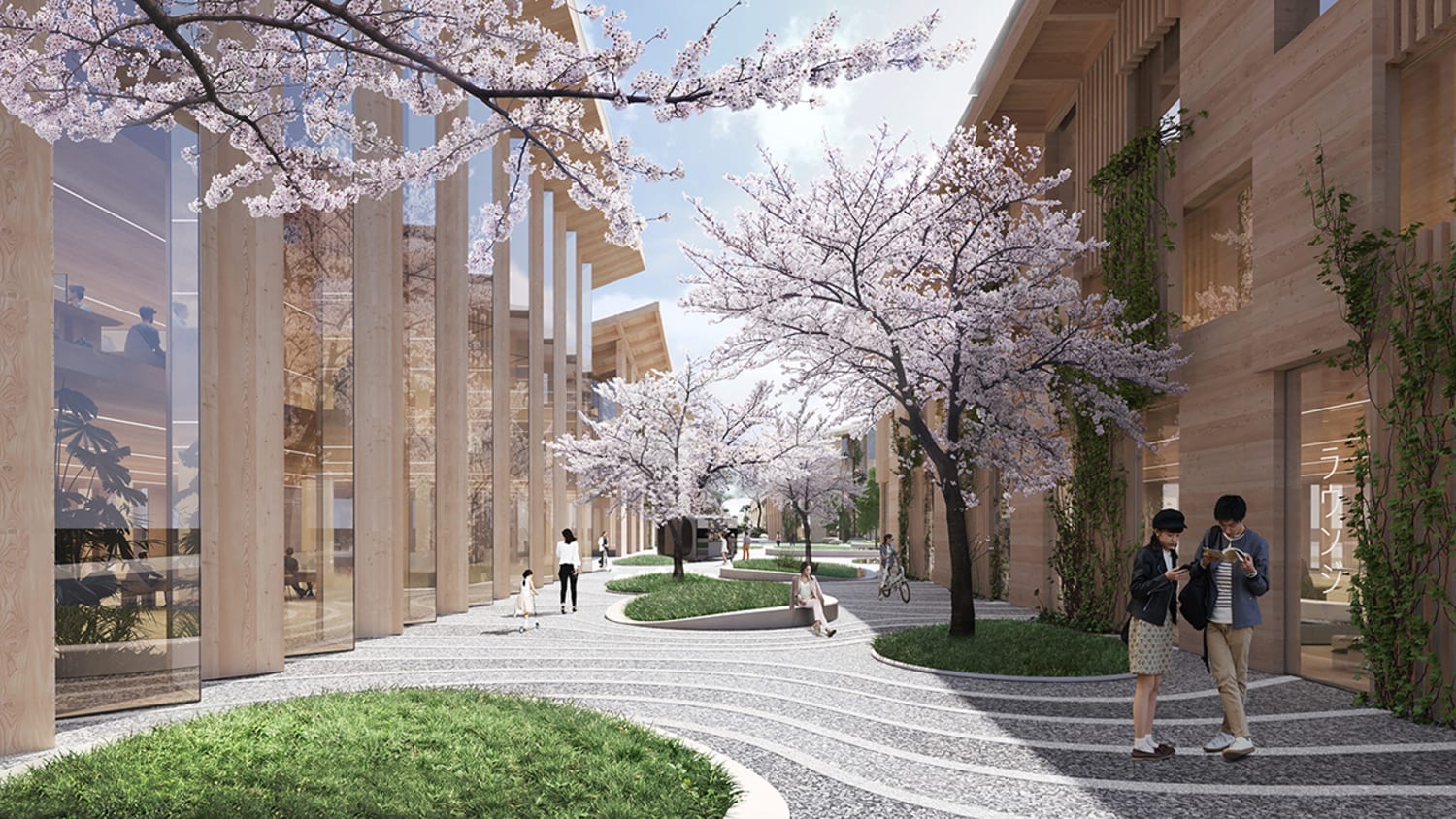Edinburgh, Scotland wants to phase out cars in the next five to ten years. In January 2020, the City of Edinburgh Council proposed a new city mobility plan that would ban cars in the city center by 2025. The full plan, which would be completed by 2030, includes the construction of arterial routes for bike commuters, the pedestrianization of iconic streets like George Street and parts of the Royal Mile and an extended mass transit network to help reduce carbon emissions and “make the city centre more livable,” said Deputy council leader Cammy Day.
In England, the city of York is taking a firmer stance, banning all private cars inside its walled city center by 2023. “People’s first response might be to be a bit anxious about what we’re proposing. But that doesn’t mean it’s not the right thing to do,” said Jonny Crawshaw, a Labor councilor in the city. “The public mood is changing—particularly in relation to climate change.” Elsewhere in England, Brighton is also considering banning cars in the city center by 2023 and Birmingham recently announced a similar proposal that would allow cars to drive around the city but not through it.
In the United States, starting January 29, 2020, sections of Market Street in San Francisco—one of the city’s busiest thoroughfares—will be closed to most civilian auto traffic. While the street will still be accessible to busses, city-regulated taxis, and commercial and emergency vehicles, private cars and ridesharing vehicles will be rerouted as part of an ongoing initiative to transform downtown San Francisco and make it more accessible to pedestrians, bikers and mass transit.
In Spain, Barcelona is experimenting with car-free zones in their radical Superblock initiative. Superblocks are nodes of car-free areas within the city, freeing up the streets to turn them into “citizen spaces.” Six Superlocks currently exist, with plans to create hundreds more throughout the city. “Cars take up 60% of public space across the city,” Janet Sanz, Barcelona’s deputy mayor for urbanism, told BBC. “As soon as you redistribute that space and rebalance the situation, you are supporting groups that until then have had no access to that space.”




